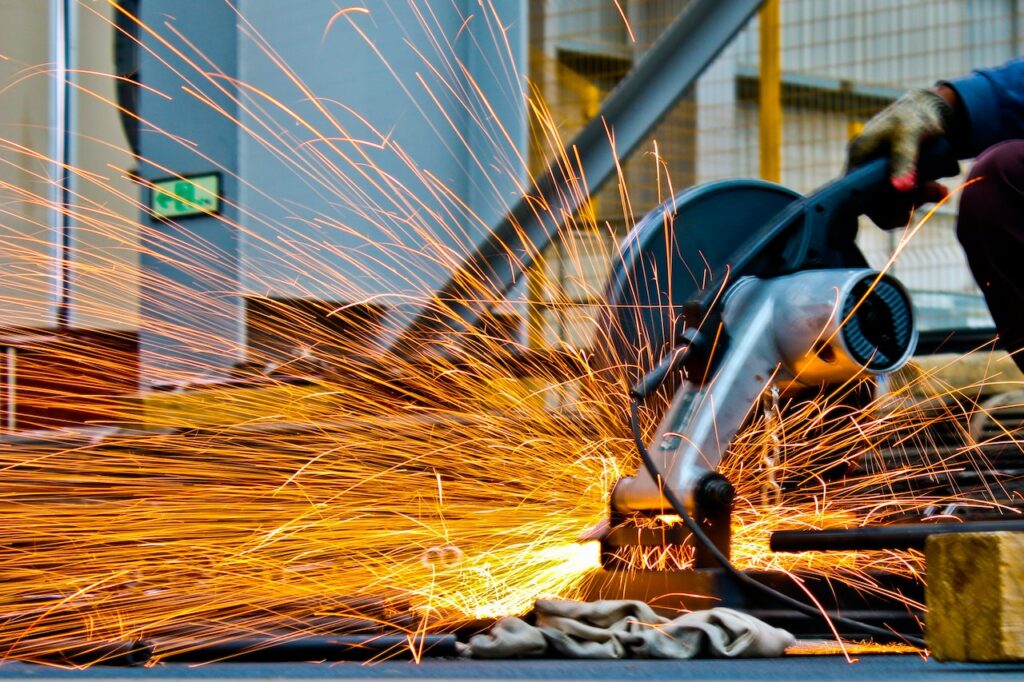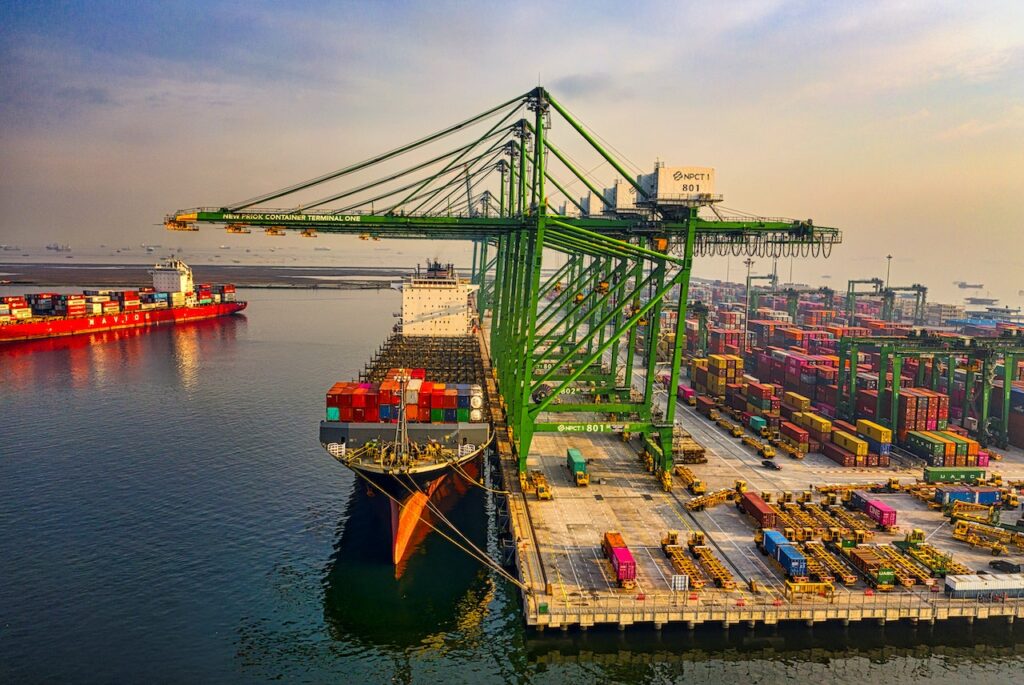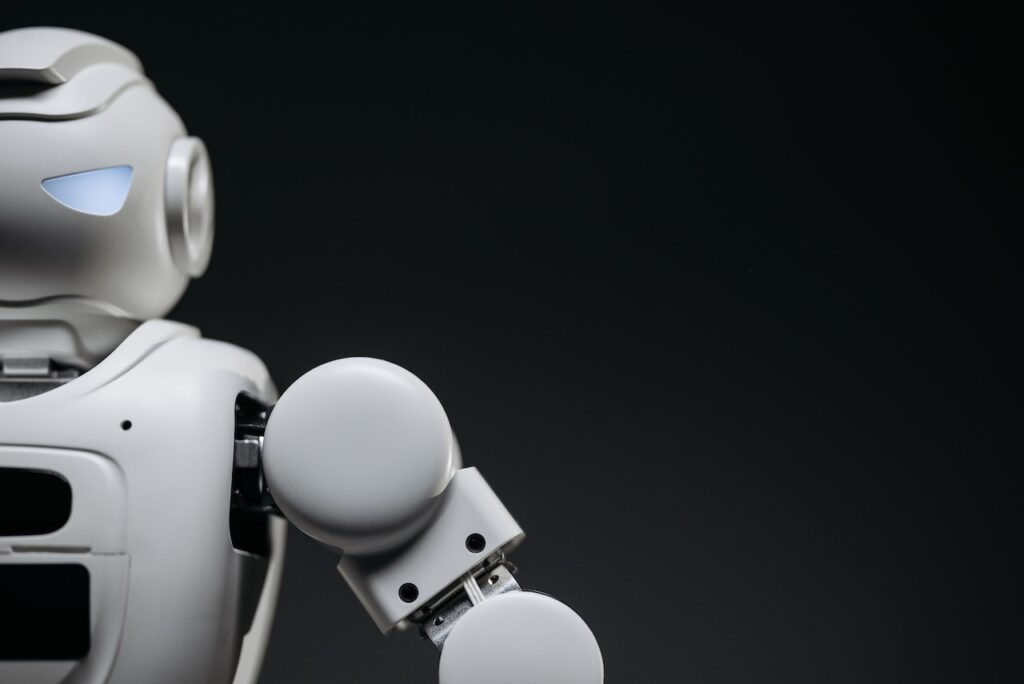Automation and robotics have emerged as transformative technologies, revolutionizing industries across the globe. With advancements in artificial intelligence, machine learning, and robotics, businesses are increasingly adopting automated solutions to enhance efficiency, productivity, and cost-effectiveness. In this blog, we will explore the impact of automation and robotics on various industries, how these technologies are reshaping the future of work, and if they are going to replace human jobs?
Manufacturing Industry

Automation and robotics have had a profound impact on the manufacturing sector, revolutionizing production processes, and supply chains. Some key effects include:
- Increased productivity: Robots can perform repetitive and labor-intensive tasks with speed and precision, leading to higher production output
- Improved safety: Automation reduces the risk of workplace accidents by replacing humans in hazardous environments or handling dangerous materials
- Enhanced quality control: Automated systems can consistently monitor and inspect products, ensuring higher quality standards and reducing defects
Is your job in danger?
While automation and robotics have significantly transformed the manufacturing industry, the impact on human jobs is nuanced. Some repetitive and low-skilled tasks have been replaced by machines, leading to job displacement in certain areas. However, automation has also created new job opportunities in areas like robotics programming, maintenance, and supervision. Overall, the industry has seen a shift in job roles, requiring upskilling and reskilling of the workforce to adapt to the changing technological landscape.
Healthcare Industry

Automation and robotics are transforming the healthcare sector, providing new opportunities for patient care, diagnostics, and operations. Some notable impacts include:
- Streamlined workflows: Robots assist in patient care by automating routine tasks such as medication delivery, patient monitoring, and data recording
- Precision surgery: Robotic surgical systems enable surgeons to perform complex procedures with enhanced precision, smaller incisions, and reduced recovery times
- Laboratory automation: Automated systems for diagnostic testing and sample processing improve accuracy, efficiency, and turnaround times, benefiting both patients and healthcare providers
Is your job in danger?
In the healthcare industry, automation and robotics have not posed a significant threat to human jobs. Instead, these technologies have been primarily adopted to assist healthcare professionals in their roles, augmenting their capabilities and improving patient care. While certain administrative tasks may become automated, the need for skilled healthcare providers, including doctors, nurses, and technicians, remains high. Additionally, automation in healthcare has the potential to create new jobs in areas such as data analysis, telemedicine, and the development of advanced medical technologies.
Logistics and Transportation Industry

Automation and robotics have disrupted the logistics and transportation industry, optimizing supply chain management and delivery operations. The following impacts are notable:
- Efficient warehousing: Automated systems, including robotic arms and autonomous vehicles, streamline inventory management, order picking, and packing processes
- Last-mile delivery: Drones and autonomous delivery vehicles enable faster and more cost-effective last-mile deliveries, reducing human labor and increasing delivery speed
- Predictive analytics: Automation and robotics facilitate data-driven decision-making, allowing companies to optimize route planning, fleet management, and inventory forecasting
Is your job in danger?
Automation and robotics have led to concerns about job displacement in the logistics and transportation industry. As technologies like autonomous vehicles and drones gain traction, there is a possibility of reduced demand for certain roles like truck drivers and delivery personnel. However, these advancements also create opportunities for workers to transition into new roles, such as managing and maintaining the automated systems, optimizing logistics operations, and focusing on value-added services like customer relationship management.
Agriculture Industry

Automation and robotics are reshaping the agriculture sector, addressing labor shortages, increasing crop yields, and reducing environmental impact. The impacts include:
- Precision farming: Autonomous drones and robots equipped with sensors and cameras enable precision agriculture techniques, such as crop monitoring, soil analysis, and targeted pesticide application
- Harvesting automation: Robotic systems can perform repetitive tasks like fruit picking and sorting, improving harvesting efficiency and reducing labor costs
- Livestock management: Automated systems monitor animal health, feeding, and milking processes, optimizing productivity and reducing manual labor
Is your job in danger?
While automation and robotics have automated certain tasks in the agriculture industry, the impact on human jobs is not necessarily negative. These technologies enable farmers to focus on higher-value activities, such as data analysis, crop management decisions, and implementing sustainable farming practices. While some manual labor jobs in agriculture, like harvesting, may see a reduction in demand, there is a growing need for skilled workers who can operate and maintain agricultural robots and manage the data-driven aspects of precision farming.
Retail Industry

Automation and robotics are transforming the retail industry, enhancing customer experiences, and improving operational efficiency. Some significant impacts include:
- Self-checkout systems: Automated self-service checkout kiosks and mobile payment options streamline the payment process, reducing waiting times and enhancing convenience
- Inventory management: Robotic systems can autonomously track inventory levels, perform stocktaking, and optimize shelf replenishment, ensuring accurate stock availability
- Personalization and customer service: Artificial intelligence-powered chatbots and virtual assistants provide personalized recommendations, answer customer queries, and enhance overall customer engagement
Is your job in danger?
Automation and robotics in the retail industry have brought about changes in job roles rather than complete job elimination. With the introduction of self-checkout systems and automated inventory management, the need for traditional cashier and inventory management roles may decrease. However, there is a growing demand for workers who can leverage technology, data analytics, and customer service skills to enhance the overall retail experience. New roles are emerging in areas such as e-commerce management, digital marketing, and personalized customer service through online channels.
It is important to note that while automation may impact certain job roles within these industries, it also has the potential to create new opportunities and transform the nature of work. Workforce reskilling, upskilling, and adapting to the evolving technological landscape will be essential to mitigate any negative consequences and maximize the potential benefits of automation and robotics.

